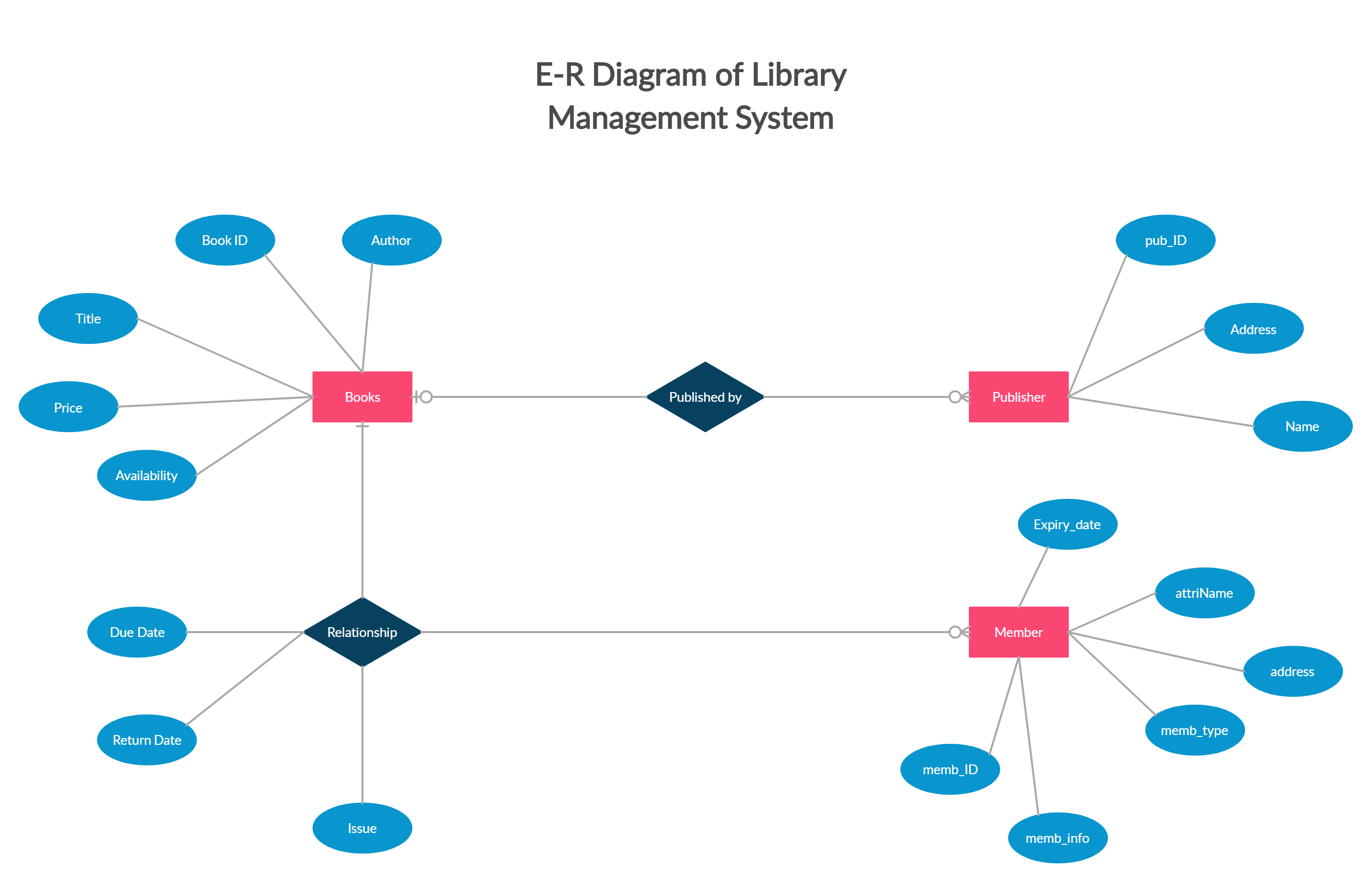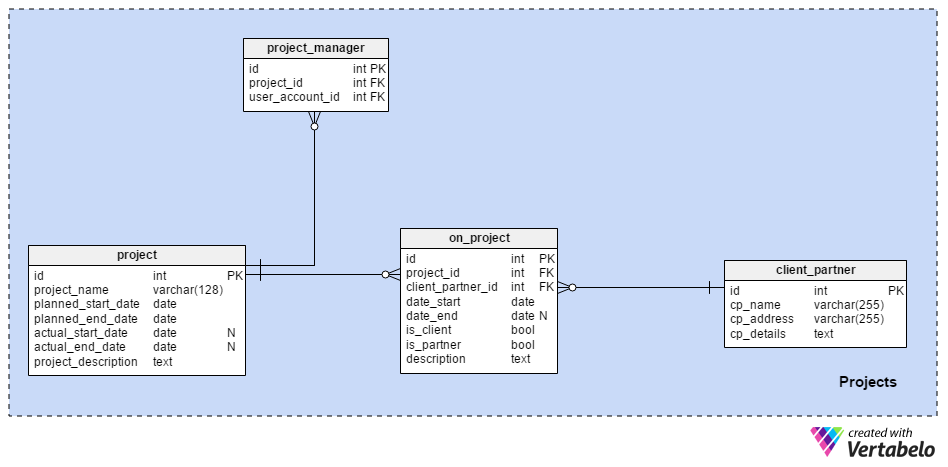

Work mode is when you can track the time spent and the overall progress. As the name implies, a plan is a part where you can categorize your requirements (stories) into Sprints. Basically, there are two modes to a board – Plan and work. In this article, we are going to discuss a Scrum board.įeature #3: After a board is created you will be able to configure it as you see fit. You will have to choose the projects from which issues are to be considered. What are they and what they do is explained in the below window? Choose the appropriate board and continue through the steps to create a Board. – It will display the issues from the same project or multiple projects so the progress can be monitored from one placeįeature #2: There are two kinds of boards in JIRA Agile. (This menu option will be available only if you have the JIRA Agile add-in this was previously called ‘GreenHopper’) JIRA Features To Achieve The Agile Processįeature #1: A user can create and manage boards in Agile. The feature is called a “Board”, and it is right there under the “Agile” menu item. JIRA provides a solid basis to facilitate it. The next important feature of an Agile Project is the Scrum board.

Note: You will not be able to link Epic to another Epic. To do so, in the ‘Create Issue’ page you can go to “Configure Fields” and choose the “Epic Link” field to be included in the issue creation screen.

The detailed documentation is avoided.Once ranked, the stories are assigned developmental cycles (Sprints) that last for approx.The Requirements (User Stories) are ranked in the order of priority and business importance.The Requirements are created/agreed upon and then grouped together into a Product Backlog.The highlights of an Agile/Scrum Project are:


 0 kommentar(er)
0 kommentar(er)
